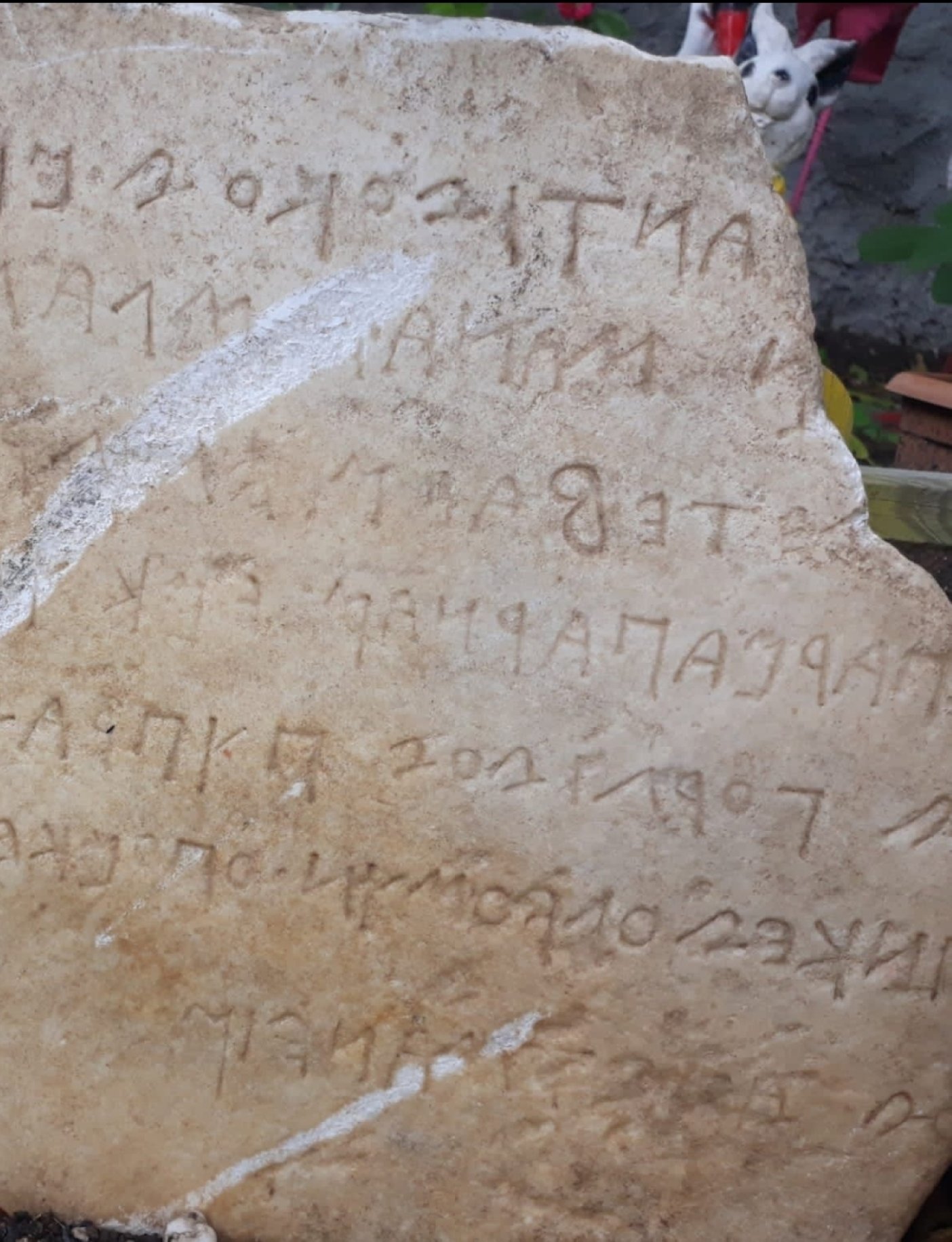© Turkuvaz Haberleşme ve Yayıncılık 2026
At the ongoing archaeological digs in the ancient city of Gordion, the capital of the Phrygians, an inscription bearing the name of the ancient city has been unearthed. The inscription is the very first and only inscription in which the name Gordion is mentioned.
The ancient city was discovered by the brothers Alfred and Gustav Körte during the construction of the Berlin-Istanbul-Baghdad railway line in Ankara's Polatlı district, which started in 1893. In 1900, a three-month-long excavation was carried out in Gordion.

Although the Körte brothers determined that the capital of the ancient city of Phrygian was Gordion, no information confirming this could be found until today.
The excavations, which were restarted in 1950 after a long break, are now under the supervision of the Ministry of Culture and Tourism, General Directorate of Cultural Heritage and Museums and led by a team headed by professor C. Brian Rose.
The team found a Phrygian stone inscription in the area called "the outer city" in Gordion this year. The inscription, dated to the years when Greek King Antiochus I (281-261 B.C.) reigned in the Hellenistic Period, is the first and only inscription in which the name Gordion is mentioned.
The inscription, which is thought to be related to a tumulus tomb, is also notable for being the longest inscription ever found in Gordion. It features a Persian male name, as well.
Archaeologist Umut Alagöz, deputy director of the Museum of Anatolian Civilizations, and philologist Rostyslav Oreshko are preparing the detailed study on the inscription for publication.
Gordion, which is known for its over two-millennia-old cemeteries and ancient remains, sheds light on Anatolian history. The ancient city was the political and cultural capital of the Phrygians, an important people of antiquity. While the cemeteries of the site narrate the lifestyle of the Phrygians, the Midas Mound Tumulus is one of the key attractions in Gordion and was built by King Midas for his father. The site was included in the UNESCO Tentative List of World Heritage in 2012.
